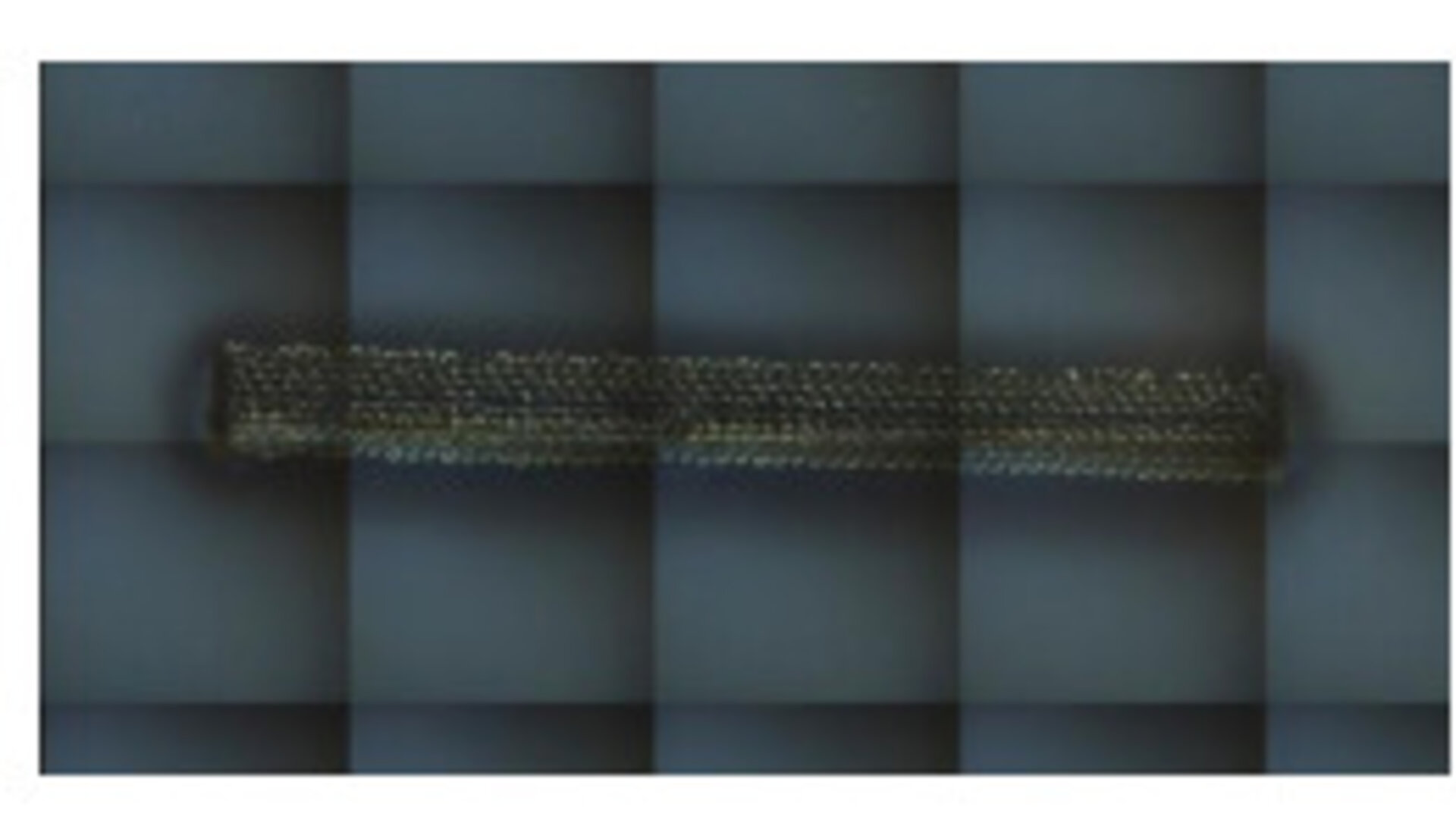Preventing critical damage in high-powered lasers
Spaceborne LIDAR systems with high power laser optics enable an advanced understanding of the climate and how it is changing. But these high energy laser systems are ultimately limited by laser-induced damage to their critical components. High-power, thin-film optical coatings are typically required for optics that must handle sustained high-power output from lasers, often the damage occurs from nano-scale particles leftover from this film deposition process.
A recently completed activity with TDE and Laser Zentrum Hannover, Germany, has found a solution to preventing the nano defects that can appear on laser instruments such as the ATLID instrument (Earthcare mission) or the MOMA laser (Exomars program) currently under development.
The activity’s strategy is to mitigate these nano-defects is to prevent them during the coating process.
One of the major reasons for the comparatively large crater damage is that parasitic material clusters or localized films are buried within the optical film, possibly even deep within the multi-layer stack. When the interaction with the laser pulse introduces the enormous temperature increase and triggers the plasma, the macroscopic breakdown in the film is related to the stress this plasma introduces to the film. Since the nano-defects can originate from the substrate preparation and the deposition process itself, their elimination has to take place during the coating process. Stress would then not be an issue during the interaction process and a flawless film would be grown on the particular substrate.
One approach to mitigate the particles in the growing layers of the antireflection coating was found to be ion beam etching.
T117-502MM closed in December 2020


